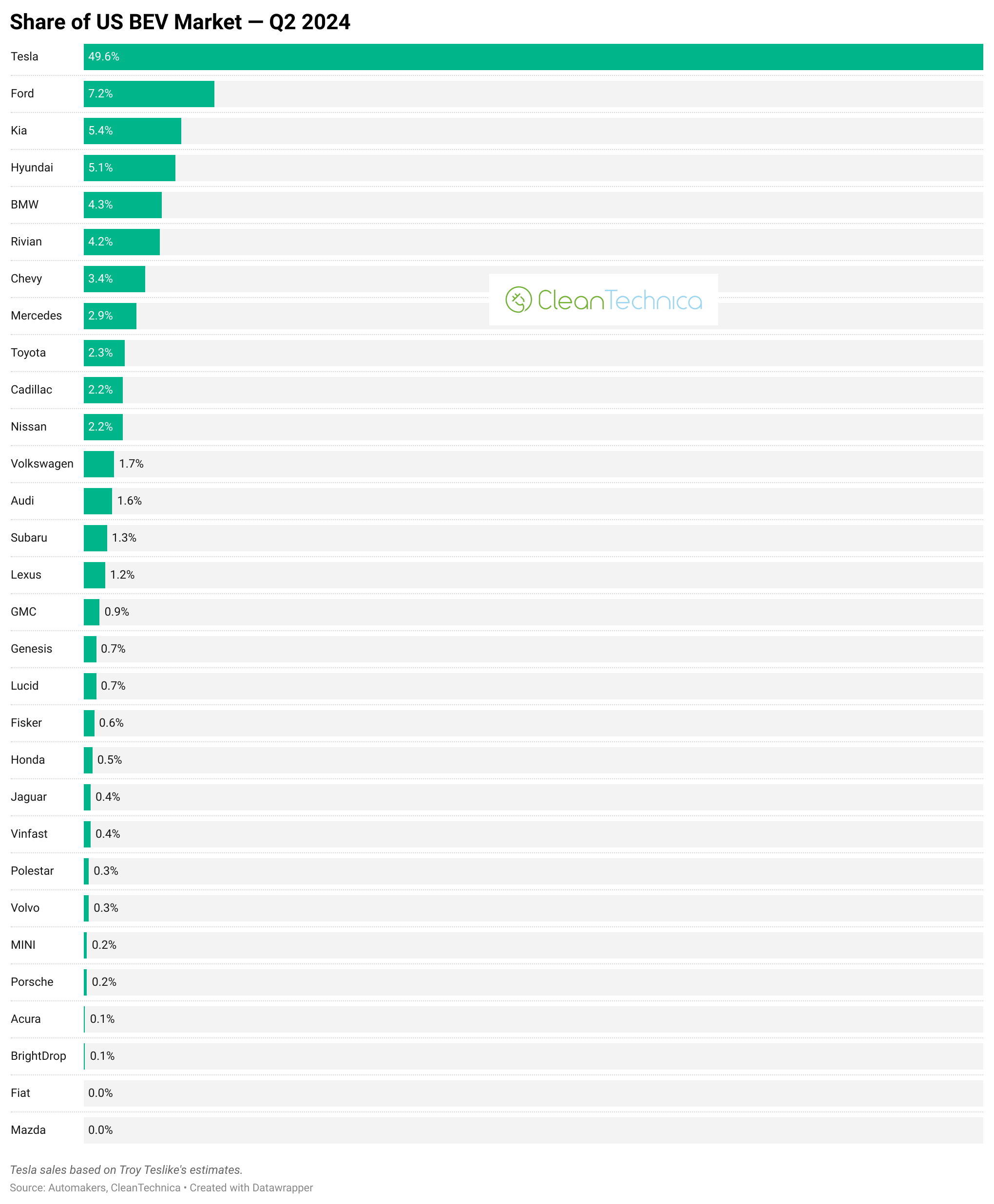Support CleanTechnica’s work through a Substack subscription or on Stripe.
Last Updated on: 1st September 2025, 11:04 am
The January 2024 blackouts that plunged the Visayas into darkness exposed a harsh reality: the Philippines’ economic growth is outpacing its energy infrastructure. When aging coal plants failed and transmission lines couldn’t cope, Panay, Guimaras, and Negros lost power for days. For Iloilo Province, the crisis became a catalyst for transformation.
Today, Iloilo sits atop over 1,390 megawatts of offshore wind service contracts — nearly five times its current generating capacity of 314 MW. This isn’t just energy diversification; it’s a complete reimagining of provincial power supply that could serve as a template for the Philippines’ renewable energy future.
The Scale Of Transformation
Iloilo’s offshore wind pipeline takes on new significance against the World Bank’s assessment of Philippine wind resources. The Bank estimates over 178 GW of technical offshore wind potential nationwide — enough to power Southeast Asia multiple times over. Within this vast resource, Iloilo’s 1,390 MW represents less than 1% of what’s technically feasible, suggesting the province is merely beginning to tap its wind wealth.
The numbers tell a story of necessity driving ambition. East Panay and Sicogon account for 990 MW of planned capacity, with another 200 MW across Concepcion and the Iloilo Strait. Additional onshore and offshore projects totaling 350 MW remain in pre-development. If realized, this renewable capacity could transform Iloilo from energy-vulnerable to energy-abundant, potentially positioning the province as a net exporter to the broader Visayas grid.
Pope John Sotto of the Global Wind Energy Council notes that Iloilo’s offshore wind resources alone could contribute up to 35% of the Philippines’ national electricity demand if fully developed. For a country importing over 90% of its fossil fuel requirements, such indigenous energy resources offer unprecedented strategic value.
National Stakes
Iloilo’s renewable push arrives as the Philippines commits to achieving 50% renewable energy in its power mix by 2040. The World Bank’s comprehensive roadmap study identifies offshore wind as crucial for meeting this target, presenting scenarios that depend heavily on early-mover provinces demonstrating successful large-scale deployment.
What distinguishes Iloilo’s approach is institutional commitment beyond project approvals. The Iloilo Provincial Ordinance on Renewable Energy (I-PORE) allocates provincial budget specifically for renewable projects, while dedicated energy offices and comprehensive planning align local priorities with national energy transition goals. Rey Victor Garin, the province’s energy efficiency focal person, describes systematic facilitation that extends from policy to implementation.
Yet challenges persist. The Energy Virtual One-Stop Shop (EVOSS) platform designed to streamline permitting sees limited adoption — only Iloilo City has enrolled across the province. Complex regulatory processes and grid infrastructure constraints continue slowing development nationwide, highlighting the gap between renewable energy ambitions and implementation capacity.

Community Economics
Perhaps most significantly, Iloilo’s energy transformation demonstrates how renewable development can benefit host communities directly. Energy Regulations No. 1-94 ensures that local areas receive financial benefits from power sales, supporting everything from electrification to healthcare improvements. The provincial government already uses energy savings from net-metered renewable installations to enhance hospital services.
Gaspar Escobar Jr. of the Institute for Climate and Sustainable Cities emphasizes that offshore wind development creates economic multiplier effects beyond direct energy sales. Large-scale projects generate demand for steel, cement, and allied industries while creating employment from high-skilled engineering to local service positions. For provinces transitioning from agricultural to service-based economies, renewable energy represents another economic pillar.
The Implementation Test
Converting 1,390 MW of offshore wind contracts into operational turbines remains the critical challenge. Grid integration poses particular difficulties in an archipelagic geography where existing infrastructure was designed around centralized fossil fuel plants rather than distributed renewable resources. Accommodating variable wind generation requires significant upgrades to transmission lines, substations, and grid management systems.
The timeline matters critically. Iloilo’s continued economic growth drives power demand upward even as renewable projects advance through development phases. Success requires ensuring grid stability during the transition period while managing complex permitting processes and community relations.
Yet the convergence of crisis and opportunity may provide necessary political momentum. The January 2024 blackouts created public awareness of energy vulnerability that climate arguments alone had failed to generate. Economic competitiveness concerns give business communities direct stakes in transition success, while provincial leadership provides local institutional capacity often missing from top-down energy planning.
A National Test Case
What happens in Iloilo over the next decade will influence energy policy across the Philippines. The World Bank’s development scenarios depend on successful early adopters proving that large-scale offshore wind is viable in Philippine conditions. Success would validate the Bank’s projections and demonstrate that the country’s 178 GW offshore wind potential is achievable.
Failure would reinforce skepticism about renewable energy reliability in tropical archipelagic conditions, potentially derailing development scenarios that international institutions consider essential for Philippine energy security. Other provinces facing similar challenges would lose a proven model for harnessing their offshore wind resources.
For now, Iloilo occupies an unusual position: a province that experienced energy crisis early enough to catalyze transformation before vulnerability became catastrophe. Whether January 2024’s blackouts mark the end of unsustainable energy dependence or the beginning of renewable abundance will determine not just Iloilo’s future, but potentially the trajectory of Philippine energy development itself.
The offshore winds sweeping across Panay carry more than weather — they carry the potential to reshape how the Philippines powers its growth.
Sign up for CleanTechnica’s Weekly Substack for Zach and Scott’s in-depth analyses and high level summaries, sign up for our daily newsletter, and follow us on Google News!

Have a tip for CleanTechnica? Want to advertise? Want to suggest a guest for our CleanTech Talk podcast? Contact us here.
Sign up for our daily newsletter for 15 new cleantech stories a day. Or sign up for our weekly one on top stories of the week if daily is too frequent.
CleanTechnica uses affiliate links. See our policy here.
CleanTechnica’s Comment Policy




